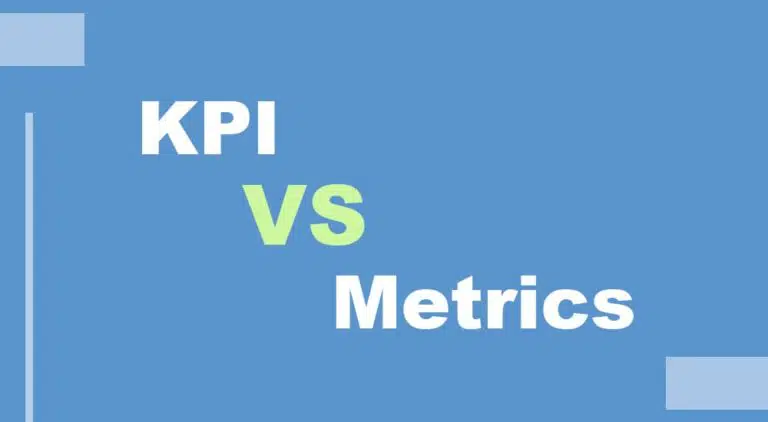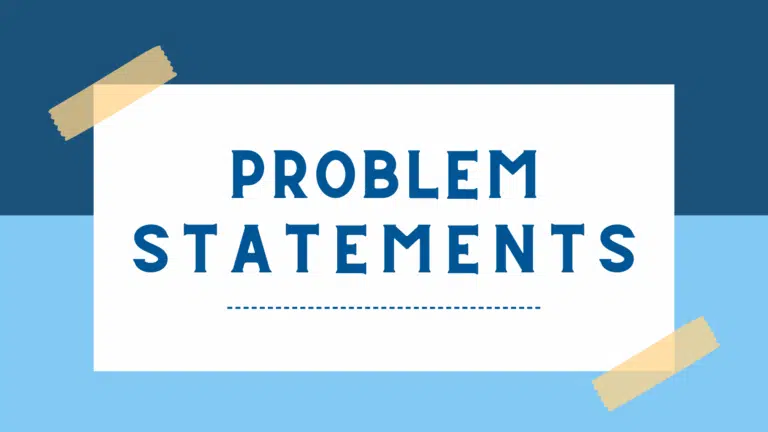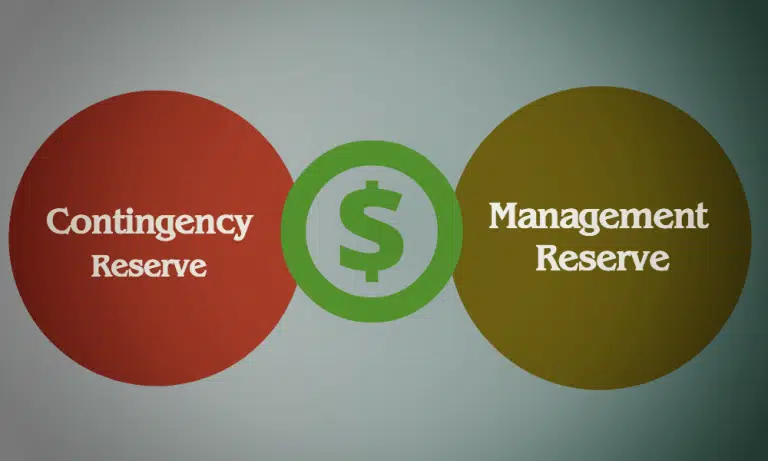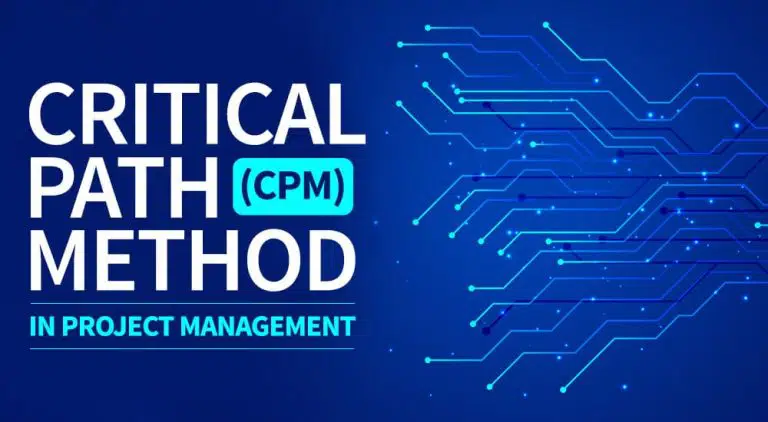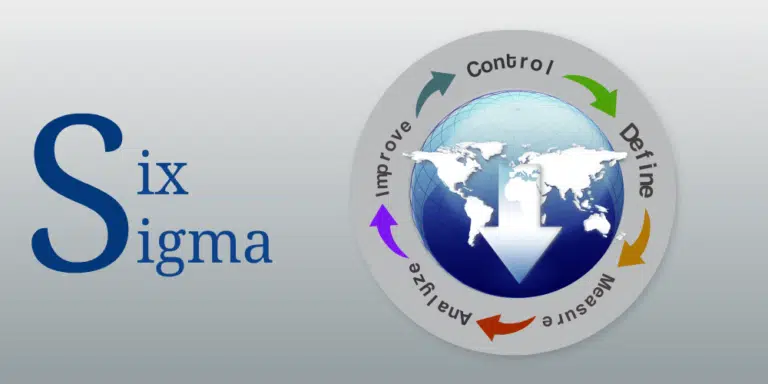The bottom-up estimation technique helps project managers estimate the project cost or the duration. This quantitative estimation technique provides the most accurate estimation.
Let me give you an example of a bottom-up estimating technique.
The government has floated a contract to construct a building and provided a detailed scope of work. However, the contract must be a firm-fixed type of contract.
So, how will you calculate the project cost and submit the bid?
You will use bottom-up estimating teaching to find project expenses and submit the budget accordingly.
Since it provides the most accurate results, the bottom-up estimate technique is one of the most popular estimating methods.
Bottom-Up Estimation
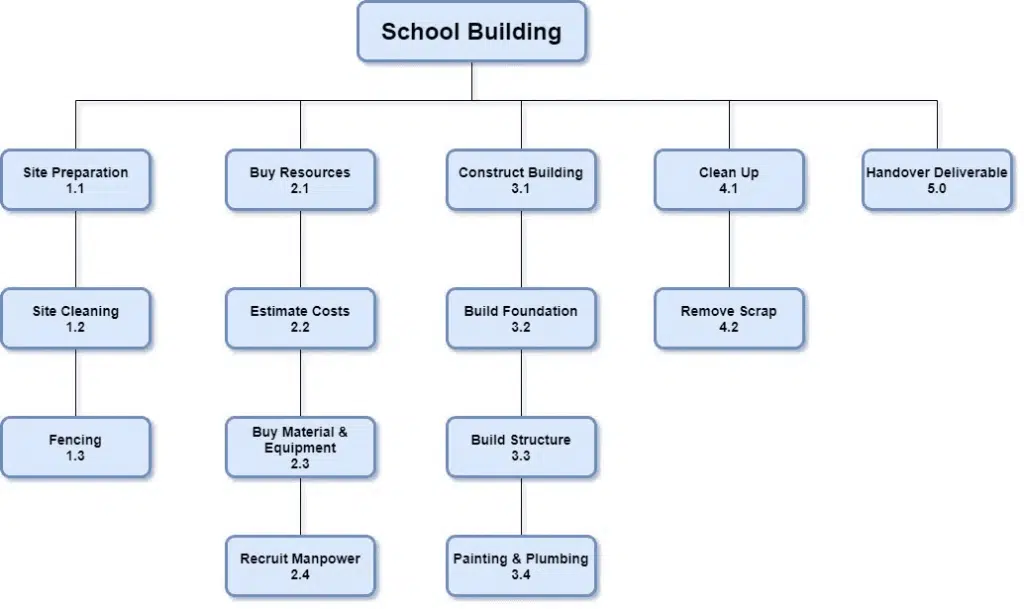
Bottom-up estimation is the preferred choice when detailed project scope of work is available. In this technique, you estimate the cost of all work packages, roll it up to WBS (Work Breakdown Structure) level and then add them all to the cost.
This method provides a transparent and organized estimate that you can use to track expenses and manage costs.
A detailed WBS, an activity list, and a comprehensive list of project resources are prerequisites to a bottom-up estimate. With the help of this method, you will be able to obtain an accurate estimation of the project’s resources on a one-by-one basis.
When there are limitations on the available resources for the project, this estimation lays the groundwork for change management. The cost of the project is calculated using the bottom-up method, in which the costs of each component are first assessed, and then the results are merged to arrive at an overall estimate for the cost of the project.
- In this technique, estimators list down all project activities
- Afterward, they calculate the resource for each activity
- Then the estimator assigns resources to the activity
- Finally, they calculate the cost of all activities and sum up from the bottom to the top
The estimate obtained from bottom-up estimation is the most accurate and known as a definitive estimate. Its accuracy lies between -5 to 10%.
Examples of Bottom-up Estimation
Let me give two examples of the bottom-up estimating technique.
Example -1
A work package could require three programmers for five days, and their cost per day is 10 USD, and seven electrical engineers for one day, whose per day cost is 6 USD. After that, you determine the cost of the work package by adding the product of the length of time and the price per unit of human resources.
In this case it is: (3*5*10) + (7*1*6) = 192 USD.
The project has uncertainty due to the niche technology used by the programmers and less expertise.
As this is a risk, adding 15 USD to the project cost is recommended to mitigate the impact. This is called a contingency reserve. Contingency reserve is used to manage identified risks.
A management reserve (10% of project costs as a thumb rule) can be added on top of the contingency reserve. This reserve is used to manage unidentified risks.
A project manager needs management approval to use this reserve.
MR = 10% of (192 + 15)
= 10% of 207
= 21 USD
Now the total project budget will be 192 + 15 + 21= 227 USD.
Example-2
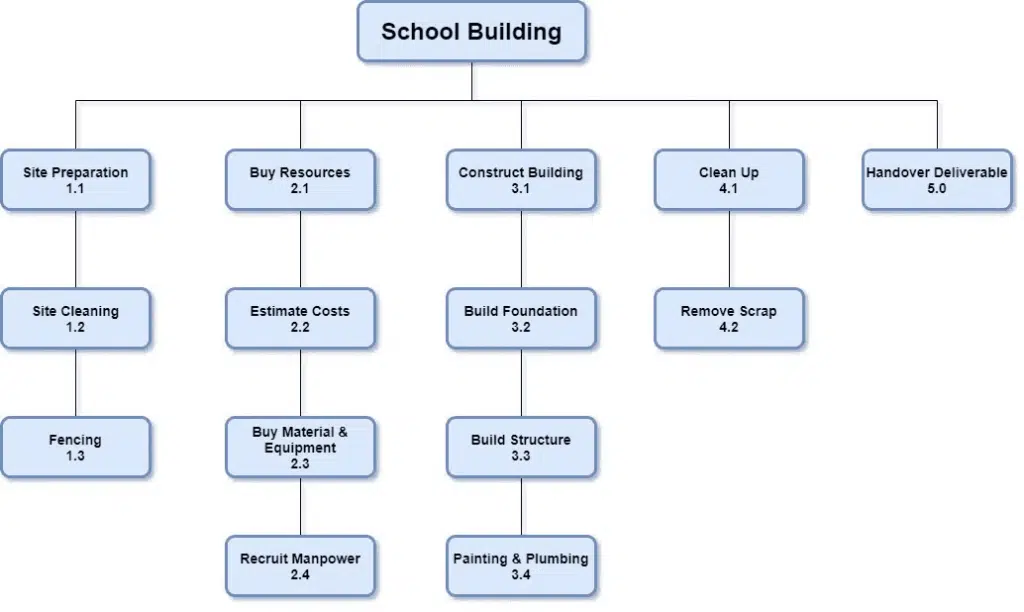
Let’s imagine you’ve been tasked with determining how much money the project to build a school will cost.
To determine how much the project will cost using the bottom-up estimation method, you must first break the project down into its five distinct phases, as illustrated in the graphic to the right.
The five phases of the project are site preparation, buying resources, constructing, building, cleaning up the site, and handing over the building to the project sponsor.
You will further break these five phases into a work package level and an activity level.
Once you have progressed to the activity level, you will evaluate the available resources, compute the cost, and determine how long each task will take. After that, you will add all of these numbers together to get the final cost of the job and the length of time it will take.
Many projects do not use bottom-up estimation as it is costly and time-consuming. In its place, they utilize a somewhat similar method to perform a high-level estimation.
After completing the estimation process, you will employ progressive elaboration to refine the cost as you obtain more specific information.
The project team can go forward, react swiftly and properly to market demands, and move forward since they accepted the risk.
Bottom-up estimating involves the entire project team in the estimation process; consequently, this technique develops better team commitment than other estimating techniques.
Sometimes, team members may add padding, causing the estimate more than the actual. You should look for these mistakes in your estimation.
Since you have all the estimation information, this technique also allows assessing the change request against cost and time.
Bottom-Up Estimation Vs. Top-Down Estimation
Estimation from the top down is distinct from estimation from the bottom up. When using top-down estimating, senior management retains control over the decision-making process, whereas when using bottom-up estimation, the project team is involved in establishing the expenses associated with the project.
Bottom-Up Estimation Vs Analogous Estimation
Analogous estimation provides the least accurate result, and higher management use this estimation technique at the very initial stage of the project or when no project details are available.
In this technique, you search for any previous comparable projects and then compare the project you are working on to the previous project. The accuracy of this estimation is directly proportional to the degree to which the two projects are comparable.
Expert judgment is the main tool and technique used in analogous estimating.
Inputs to Bottom-Up Estimation
- Detailed scope of work
- Past completed quantitative analysis
Outputs of Bottom-Up Estimation
- Activity duration, resource, and cost
- Basis of estimates
Advantages of the Bottom-Up Estimation Technique
- Team members felt accountable because of their involvement
- This technique provides the most reliable result
Disadvantages of the Bottom-Up Estimation Technique
- This technique may overlook many system-level costs (integration, configuration management, quality assurance, etc.) since it focuses only on the WBS activity list.
- Possible inaccuracy if the required information is not available
- More time and resource-consuming
Conclusion
The estimation method that is the most accurate is called bottom-up estimation. In addition to providing an estimate of the resources, amount of time, and costs associated with the planned work, this method can also be used to evaluate change requests.
All estimates are approximations, so you should choose the one that comes closest to meeting your needs. For example, analogous estimating is a good choice if you need a rough cost, but bottom-up estimating is the only option for an accurate result.
Please note that if you are preparing for the PMP certification exam, this is an important topic, and you may see a few questions in the exam from this bottom-up estimation technique.
How did the bottom-up estimation technique help you find your project cost? Please share it through the comments section.

I am Mohammad Fahad Usmani, B.E. PMP, PMI-RMP. I have been blogging on project management topics since 2011. To date, thousands of professionals have passed the PMP exam using my resources.


